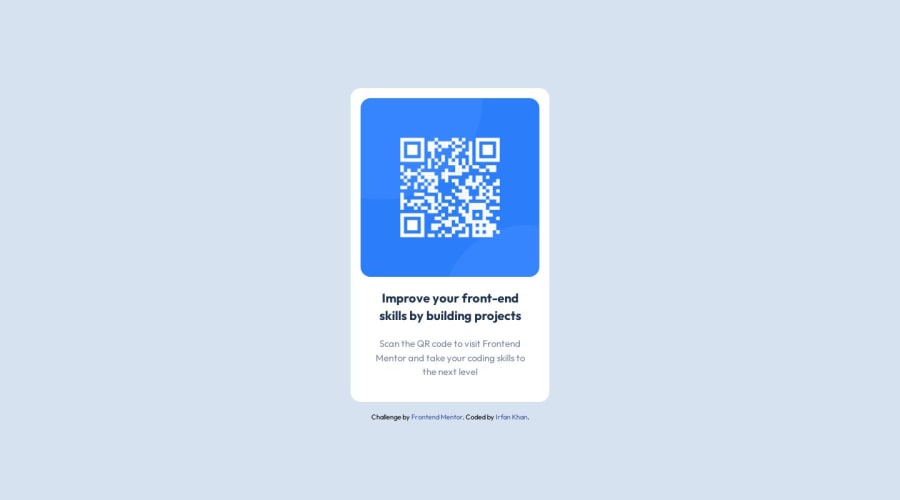
Submitted over 1 year ago
I used html along with tailwind css for styling elements
#tailwind-css
@IrfanKhan66
Design comparison
SolutionDesign
Solution retrospective
- Where do you learn coding from ?
- Which frontend framework you like the most to work with ?
- How are you planning on improving your frontend skills ?
Community feedback
Please log in to post a comment
Log in with GitHubJoin our Discord community
Join thousands of Frontend Mentor community members taking the challenges, sharing resources, helping each other, and chatting about all things front-end!
Join our Discord
